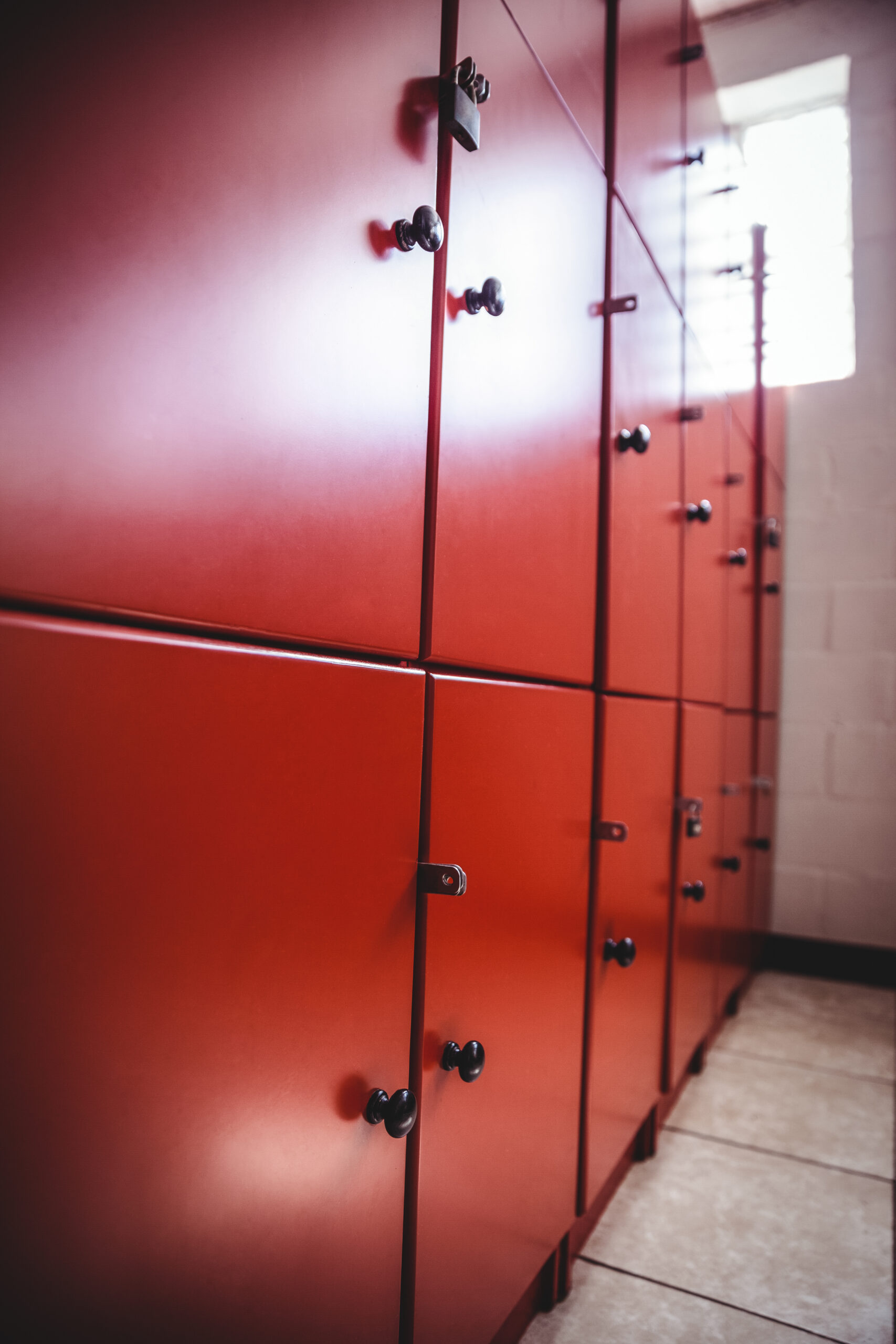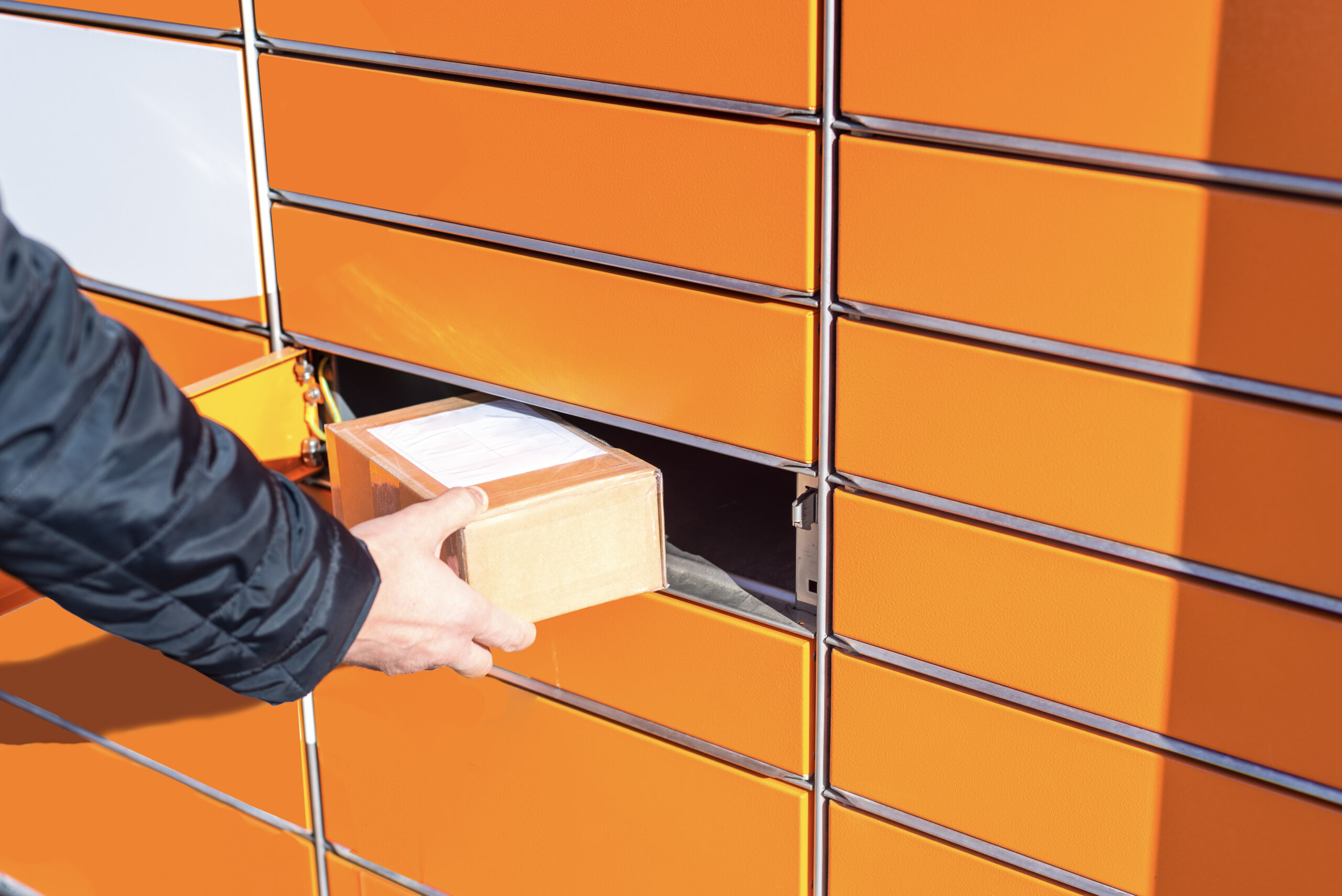Choosing between a storage unit vs locker, lockers have long been essential in various environments, providing storage solutions for personal belongings, packages, and more.
However, with advancements in technology, the traditional lockers of the past are facing competition from their counterpart, such as smart lockers.
These innovative storage solutions offer a range of features and benefits that traditional lockers cannot match. But which option is best for you?
Today will compare and contrast smart lock vs traditional lock to help you make an informed decision. Let us understand the difference between smart and traditional lockers and discover which suits your needs best.

Difference between Traditional Lockers and Smart Lockers
Traditional lockers have been the standard choice for storage in various settings for many years. They typically consist of individual compartments with a physical lock mechanism, such as a padlock or key-operated lock.
On the other hand, smart lockers for offices are a more recent innovation, integrating advanced technology and automation into the storage experience.
Let’s compare the smart lock vs traditional lock and discuss the pros and cons:
Traditional Lockers
Pros
Familiarity: Traditional lockers are widely recognised and understood by users, as they have been the conventional choice for storage for a long time.
Lower Cost: Traditional lockers tend to be more affordable upfront compared to smart lockers, making them a budget-friendly option in some cases.
Minimal Technical Dependencies: Traditional lockers do not require extensive technical infrastructure or connectivity, making them easy to install and maintain.
Cons
Limited Functionality: Traditional lockers often need more advanced features such as real-time tracking, remote access, or automated notifications, limiting their functionality and convenience.
Lower Security: Physical locks used in traditional lockers can be vulnerable to theft or unauthorised access, as keys or padlocks can be lost or duplicated.
Smart Lockers

Pros
Enhanced Security: In the discussion, smart lock vs traditional lock offers heightened security with features like biometric authentication, digital access codes, and real-time monitoring, minimising the risk of theft or unauthorised access.
Advanced Features: Smart lockers often include features like remote access, real-time tracking, automated notifications, and integration with mobile apps or software, providing a more convenient and seamless storage experience.
Customisable and Scalable: The debate between smart lock and traditional lock can be easily customised to meet specific requirements and expanded or reconfigured as needs evolve, offering flexibility and adaptability.
Efficient Management: Smart lockers streamline administrative tasks with automated tracking, self-service options, and centralised management, reducing the burden of manual locker management.
Cons
Higher Cost: Smart lockers may have a higher upfront cost than traditional lockers due to technology integration and advanced features.
Technical Dependencies: Smart lockers rely on technology infrastructure, such as connectivity and power supply, which may require additional considerations during installation and maintenance.
Smart lockers are the better option due to their advanced features, enhanced security, and convenient management capabilities.
Factors to Consider When Choosing Lockers
Several factors should be considered when choosing lockers to meet your needs. Here are vital factors to consider:
Size and Weight of Items
Check the dimension of the items you need to store. Different lockers offer varying compartment sizes and weight capacities. Consider whether you require lockers for small personal items or more extensive equipment, and choose accordingly.
Number of Users
Assess the number of people who will be using the lockers. This will help determine the quantity and size of lockers needed to accommodate the user base effectively. Consider factors such as peak usage times and potential growth in user numbers.
Security Requirements
Evaluate the security requirements of the environment where the lockers will be used.
In the debate of smart lock vs traditional lock, library smart lockers with advanced security features like biometric authentication or digital access codes may be necessary for high-security environments, such as offices or facilities handling valuable assets.
Libraries or public spaces may require simpler security measures.
Budget
Consider the budget available for the purchase and installation of the lockers. Costs can differ depending on factors such as locker type (Smart lock vs traditional lock), material quality, size, and additional features.
Evaluate the long-term value and benefits of the lockers concerning the allocated budget.
Summary
In the debate between smart lock vs traditional lock, the choice ultimately depends on your specific needs and priorities. While traditional lockers offer familiarity and may be suitable for simpler storage requirements, smart lockers emerge as the superior option in terms of advanced features and enhanced functionality.
Smart lockers with modern technology and automation provide numerous advantages, such as increased security, convenience, and efficient management.
With features like biometric authentication, real-time tracking, remote access, and automated notifications, smart lockers offer a seamless and modern storage experience.



